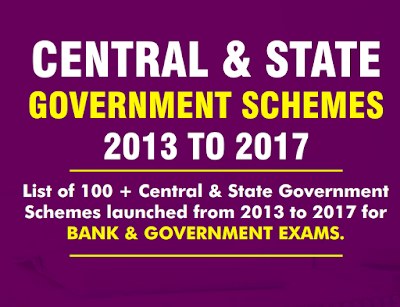VisionIAS
14:08

Click Here to download Acts, Policies, Schemes, Polity & Governance II SHANKAR IAS ACADEMY
Click Here to download Acts, Policies, Schemes, Polity & Governance I SHANKAR IAS ACADEMY
Click Here to Like our Facebook page for latest updates and free ebooks
Click Here to download Acts, Policies, Schemes, Polity & Governance I SHANKAR IAS ACADEMY
Click Here to Like our Facebook page for latest updates and free ebooks












